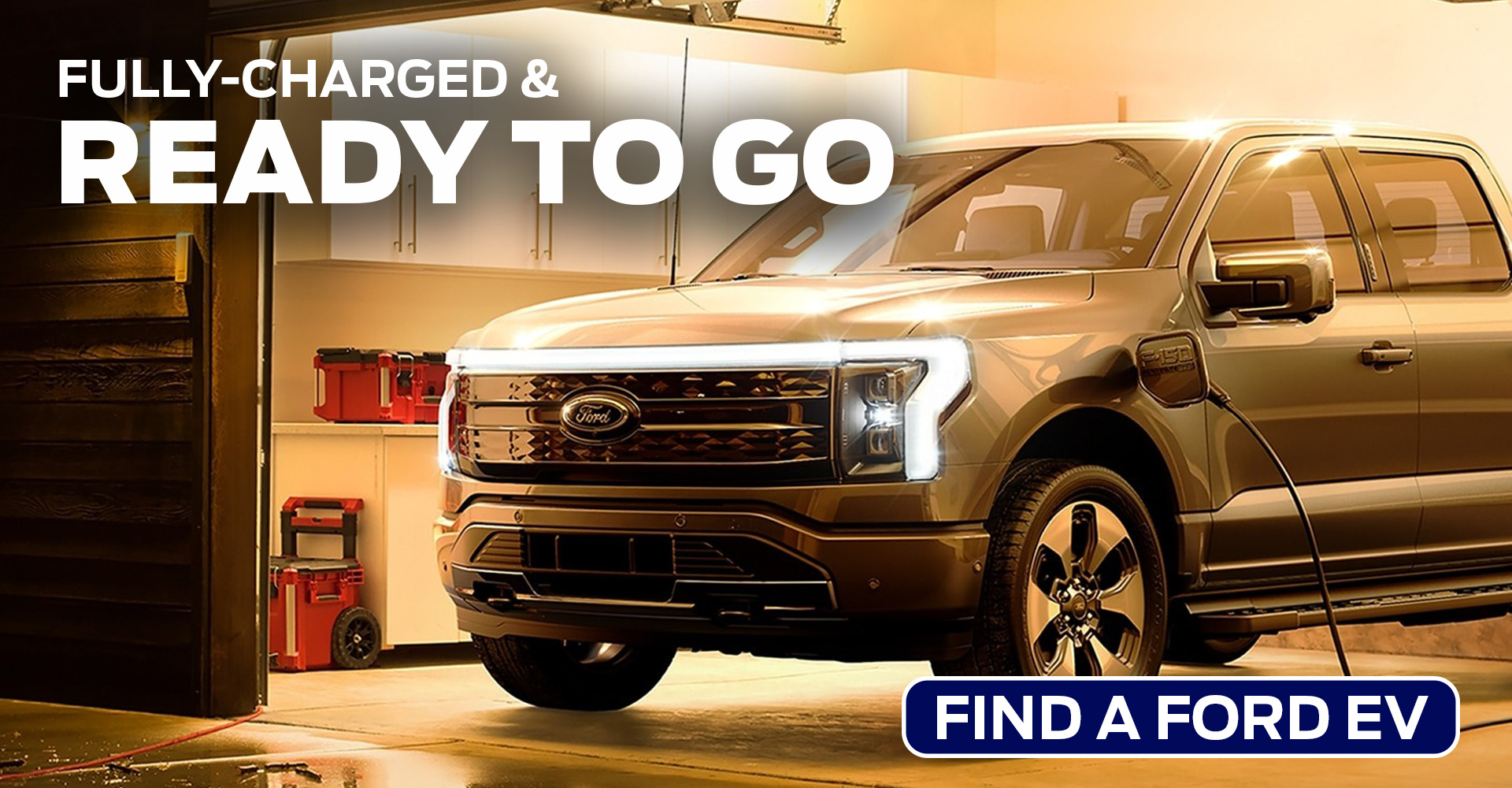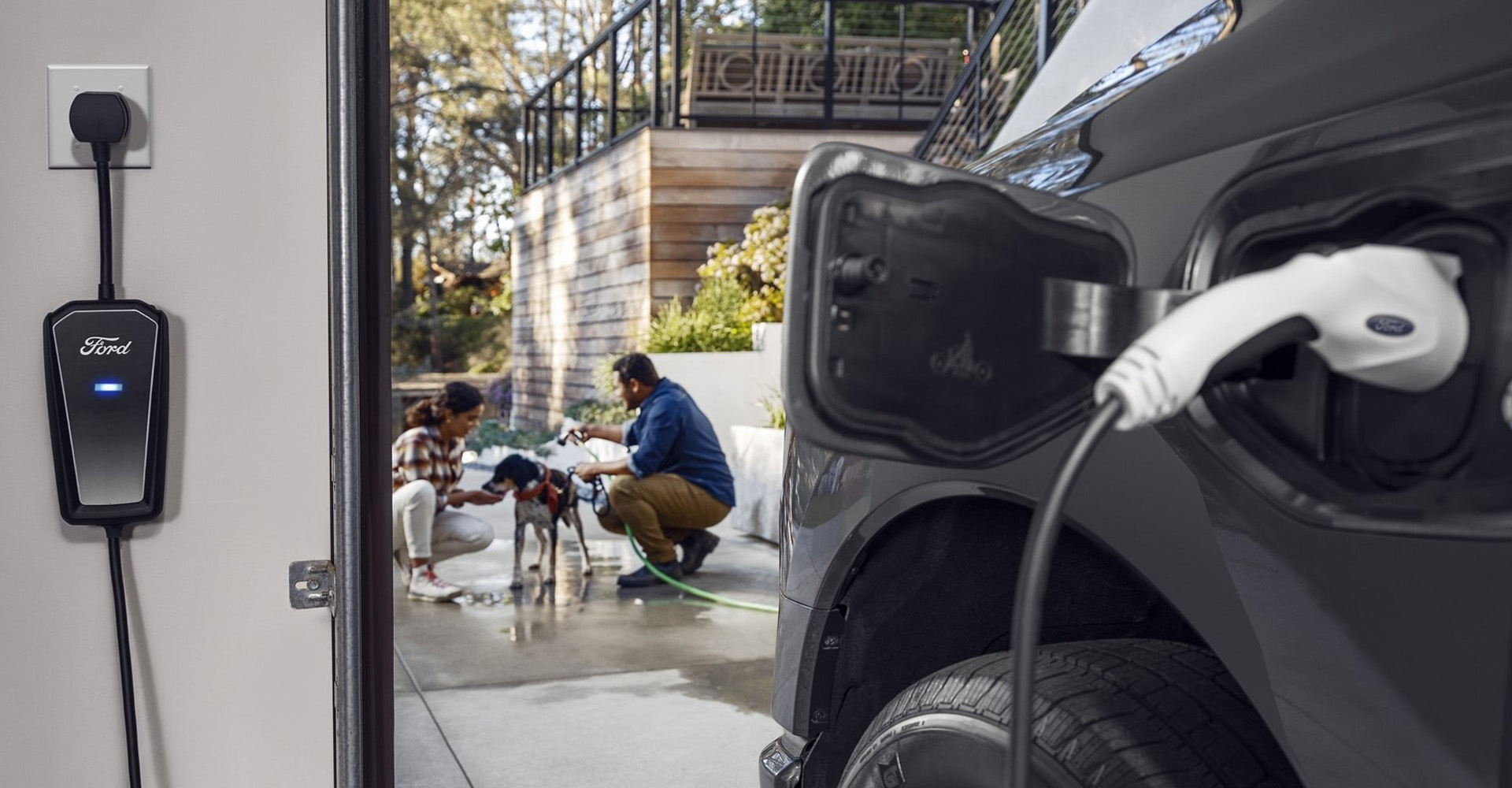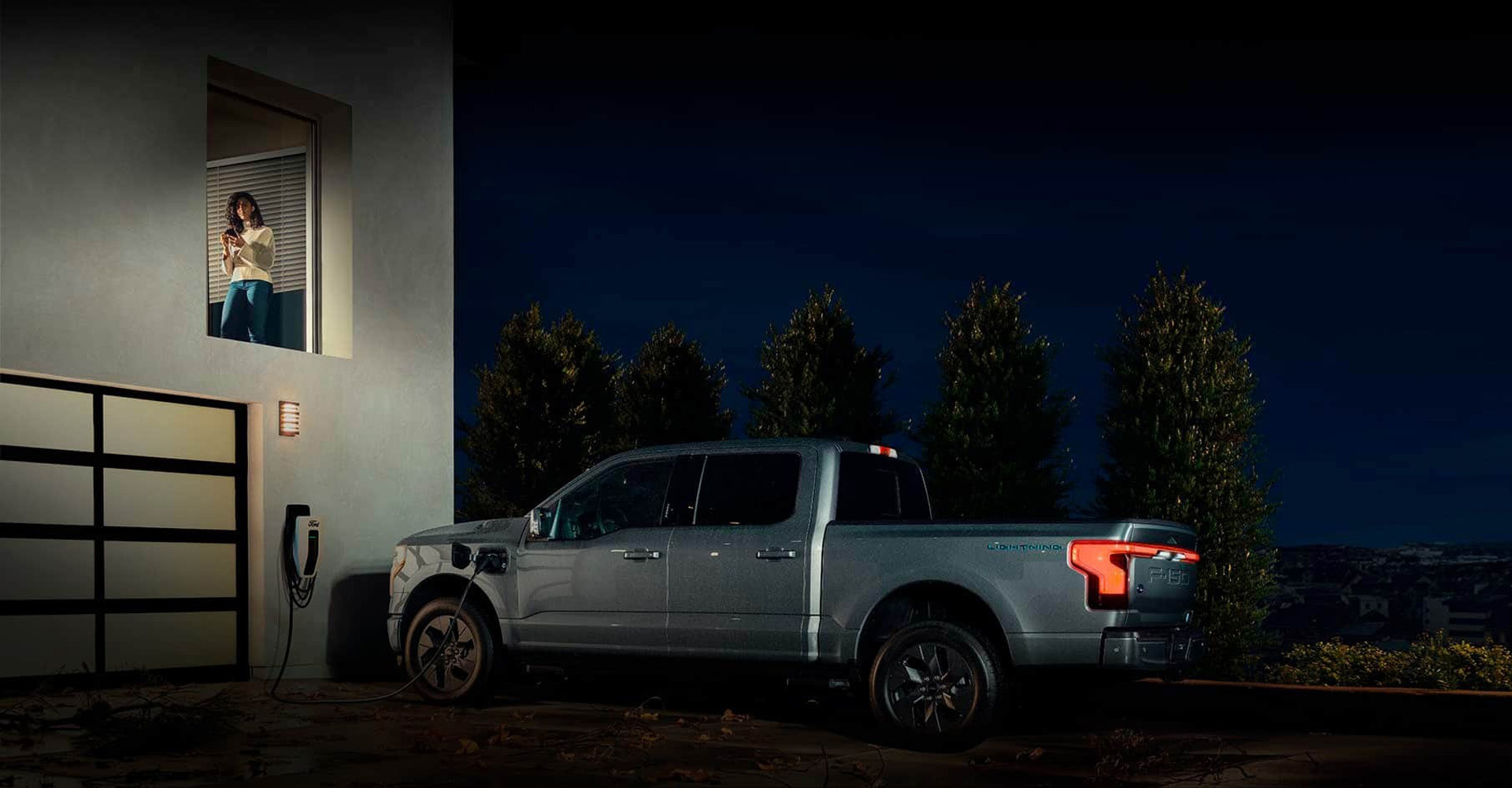
Plug In & Charge Up: Explore Ford EV Charging Options
If you’re considering getting a Ford EV, then you’ve probably weighed your EV charging options. Unlike a conventional gas or diesel vehicle, you have plenty of options when it comes to fueling up your electric vehicle. Stay tuned for more information regarding all the fully charged possibilities available. Whether you opt for a home charging station or you’re on the go, you have your pick of where you want to recharge. Visit Preston Ford to discover Easton, MD, EV charging stations and learn all about our Built Ford Tough® EVs!

EV Charging Types
While gas stations are pretty standard across the board, EV charging options can vary in type. Different chargers have a range of voltage needs, power outputs, and charge times. Let’s cruise through the three main categories of EV charging options!
Level 1 Charger
The first of the EV charging options includes Level 1 chargers. This involves charging your EV with a residential 120-volt AC outlet. It can take approximately 40-50 hours for your battery EV to go from empty to 80 percent charge with a Level 1 charger. For plug-in hybrid electric vehicles (PHEVs), it usually takes about 5-6 hours to charge up from 0 to 80 percent.

Level 2 Charger
Level 2 EV charging options are typically seen installed in homes, work buildings, or public spaces. They supply a higher charging rate with 208-240 Voltage AC, allowing your EV to charge to 80 percent in just 4-10 hours. If you charge your PHEV with a Level 2 charger, you’ll be good to go in just an hour or two.
Direct Current Fast Charging (DCFC)
If you’re on the go and need a quick pick-me-up, then Direct Current Fast Charging is the best of the EV charging options for you. These are the type of chargers you frequently see along major highways and in a variety of public places. Within 20 minutes to an hour, your EV battery will be charged to 80%, using 400-1000 Voltage DC. The typical power output of the DCFC chargers ranges from 50-350 kW. While it charges battery EVs rapidly, DCFC chargers do not work on most PHEVs. It accepts the following connector types: CCS Connectors, CHAdeMO connectors, and Tesla connectors. You can now reserve a free Fast Charging Adapter, if your vehicle is a model from 2021 to 2024 and you’re enrolled in the BlueOval Charge Network™. This adapter will allow you to charge your car at DC fast chargers that use the North American Charging Standard (NACS), including over 15,300 Tesla Superchargers in the United States and Canada. Reserve your adapter by June 30, 2024, to take advantage of this free offer.
Charge On the Go
If you have a Ford EV, you can locate charging stations nearby. The BlueOval Charge Network provides over a hundred thousand charging stations in North America, so you’re sure to find one to use as an EV charging option.

Home EV Charging
One of the best EV charging options is about as local as you can get. Having an EV home charging station is extremely convenient and makes your commute ultra-efficient, allowing you to charge your electric vehicle overnight or while you’re relaxing on home base. Opt for a Ford Charge Station Pro Level 2, one of our highly recommended EV charging options for the Ford F-150 Lightning. The Ford Charge Station Pro Level 2 home install charger comes equipped with up to 80 amps of on-demand power, Bluetooth®, and Wi-Fi capabilities, and it is compatible only with the Ford F-150 Lightning. Other options include the Ford For the Ford F-150 Lightning Standard-Range Battery, which takes 10 hours to charge from 15-100 percent, and the E-Transit can charge from 0 to 100 percent in 8 hours.
Find Your Ford EV
Now that you’re aware of the variety of EV charging options available, it’s time to find a Built Ford Tough® EV to suit your lifestyle perfectly. Visit our dealership to explore your charged-up choices and take a test drive today!




